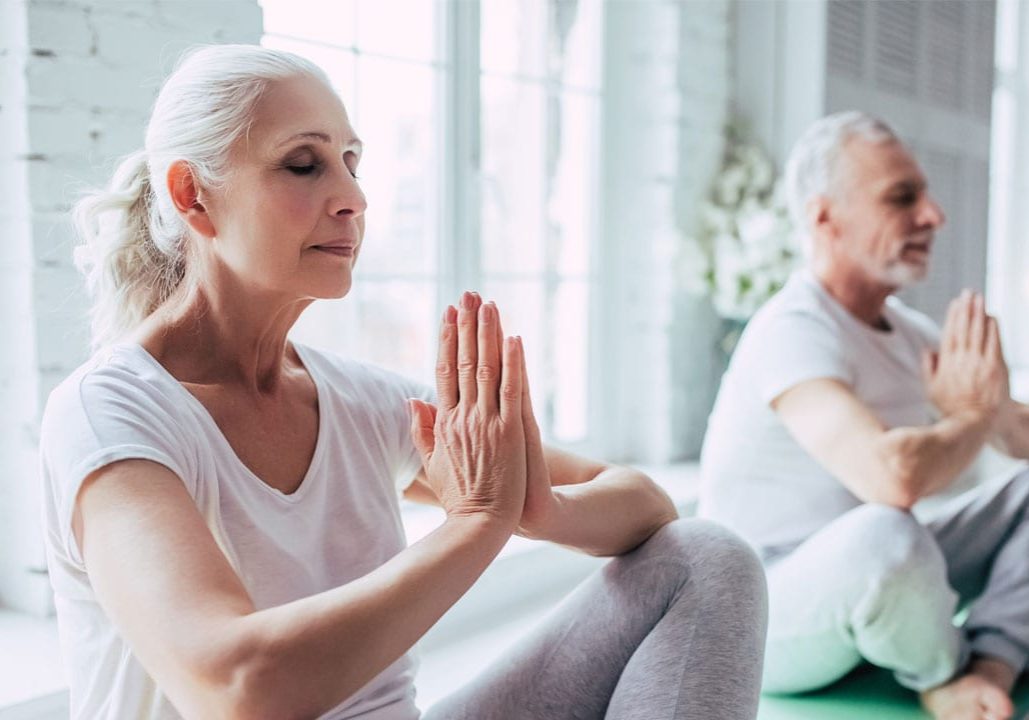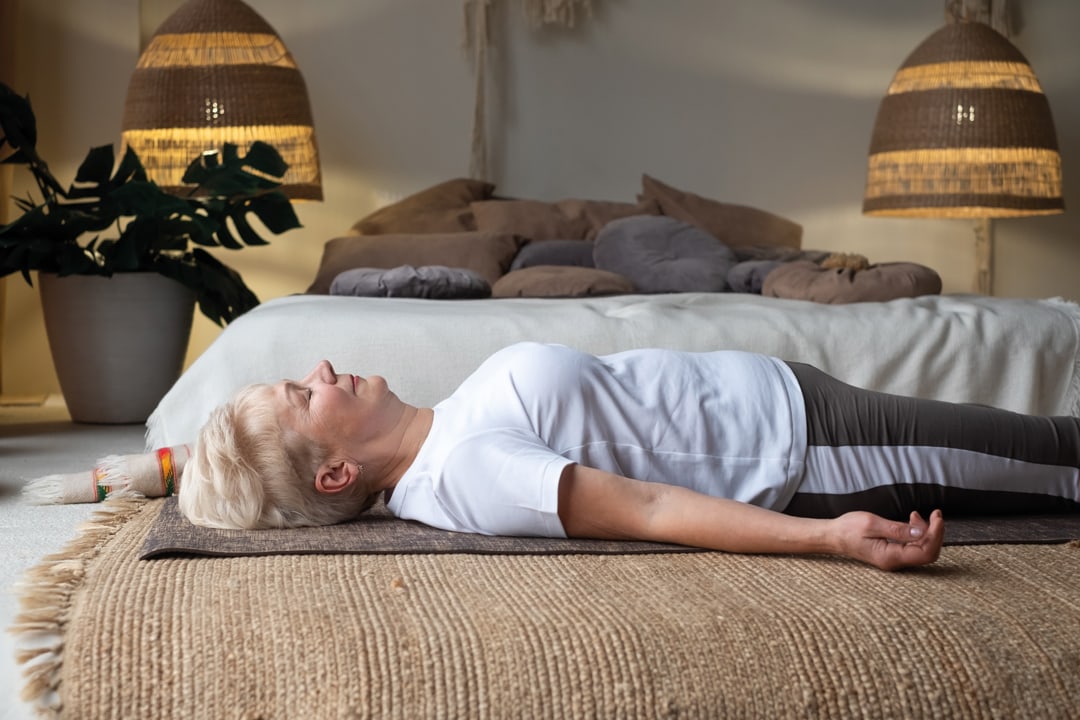
Mental wellbeing - yoga and the older person
How yoga can play a role in countering stress and improving mental health among the older community. By Sue Pugh
When most of us consider mental illness, or our own lived experience of this condition, we think about anxiety and depression.
More often than not, we think about younger people and their mental health issues, maybe not fully appreciating the impact that these same issues can have on the older person.
Depression in the older person is more likely to be labelled simply as ‘loneliness’ and they often don’t receive the same levels of medical interventions.
In fact, according to The Mental Health Foundation, depression affects around 22% of men and 28% of women aged 65 years and over, yet it is estimated that 85% of older people with depression receive no help at all from the NHS.
Included in the ‘mental health umbrella’ term is dementia/Alzheimer’s.
According to Alzheimer’s Research UK, approximately 850,000 are currently living with dementia in the UK.
This number is almost certainly set to increase and is already likely to be much higher than this due to under-reporting, the mild nature of early symptoms and low diagnosis rates.
The role of yoga
According to the National Institute for Health Research, yoga offers a safe and accessible way to improve health-related quality of life and mental wellbeing for people over 60. Research suggests that yoga may help cognitive functioning, particularly attention and verbal memory. Furthermore, yoga may affect cognitive functioning through improved sleep, mood, and neural connectivity. Yoga engages and exercises different parts of the brain through chanting, visualisation, breathing, movement and postures and it would appear to lessen depression, decrease anxiety, increase appetite and improve social skills. Chanting regularly can enhance confidence and help reduce anxiety by improving the connections between the amygdala and pre-frontal cortex. It also produces gamma brain waves and increases levels of all the ‘happy hormones’ serotonin, dopamine, oxytocin and endorphins. Chanting can easily be introduced into yoga practice with the older person, whether in a class or care home environment. This may occasionally turn into singing! This is fine, it produces just the same brain chemistry. Chanting also stimulates the vagus nerve, the information super-highway, carrying information from the body to the brain and helping to control anxiety and depression.

Visualisation
Visualisation can help to reduce stress, improve mood and boost confidence, it can be a very useful tool to use in a yoga class for the older person, including those with dementia. Encourage the group to close their eyes and imagine a place where they might feel relaxed and rested – maybe a quiet beach, a warm room at home, or a peaceful clearing in a forest. If working with clients with dementia, it may be especially calming and beneficial to ask them to focus on a special place or happy memories from their childhood. Ask them to really focus on what they can see, the colours, the way the light is shining, the smells, and the sounds. Ask them to imagine what these sensations will feel like for them. Can they feel a soft breeze on their face or soft grains of sand between their toes? Ask them to notice how they feel emotionally – happy, warm and at peace.
Yoga Nidra
Yoga Nidra or ‘yogic sleep’, a state somewhere between sleeping and waking, can be a very soothing experience for the older person, encouraging them to get ‘out of their own heads’. During Yoga Nidra the mind becomes open and more relaxed and an hour’s practice is said to be as beneficial as four hours sleep. In reality, clients do often literally fall asleep, but when you look around, all you see is peace and harmony, whether in a care home setting or anywhere else where the older person may practice yoga.
As yoga becomes more popular, and society becomes more inclusive, it is important to encourage all ages to participate and age should not be a barrier. Clearly, it is important to assess the person; they should gain agreement from their GP and a PAR-Q should be completed. And, in order to ensure safe practice, it may be more appropriate to offer a bespoke ‘gentle yoga’ class or indeed, chair yoga.
As yoga instructors we are supposed to be able to offer modifications and cater for everyone. Reality, for me, suggests that not everyone wants this; people do not enjoy feeling less able than the majority and feel much happier and more cared for in a class that has been provided for them. The older person can then enjoy the numerous benefits of this glorious practice.
Sue Pugh is a yoga teacher and founder of vitabonayoga (vitabonayoga.com) and yogainspecialplaces (yogainspecialplaces.com)




